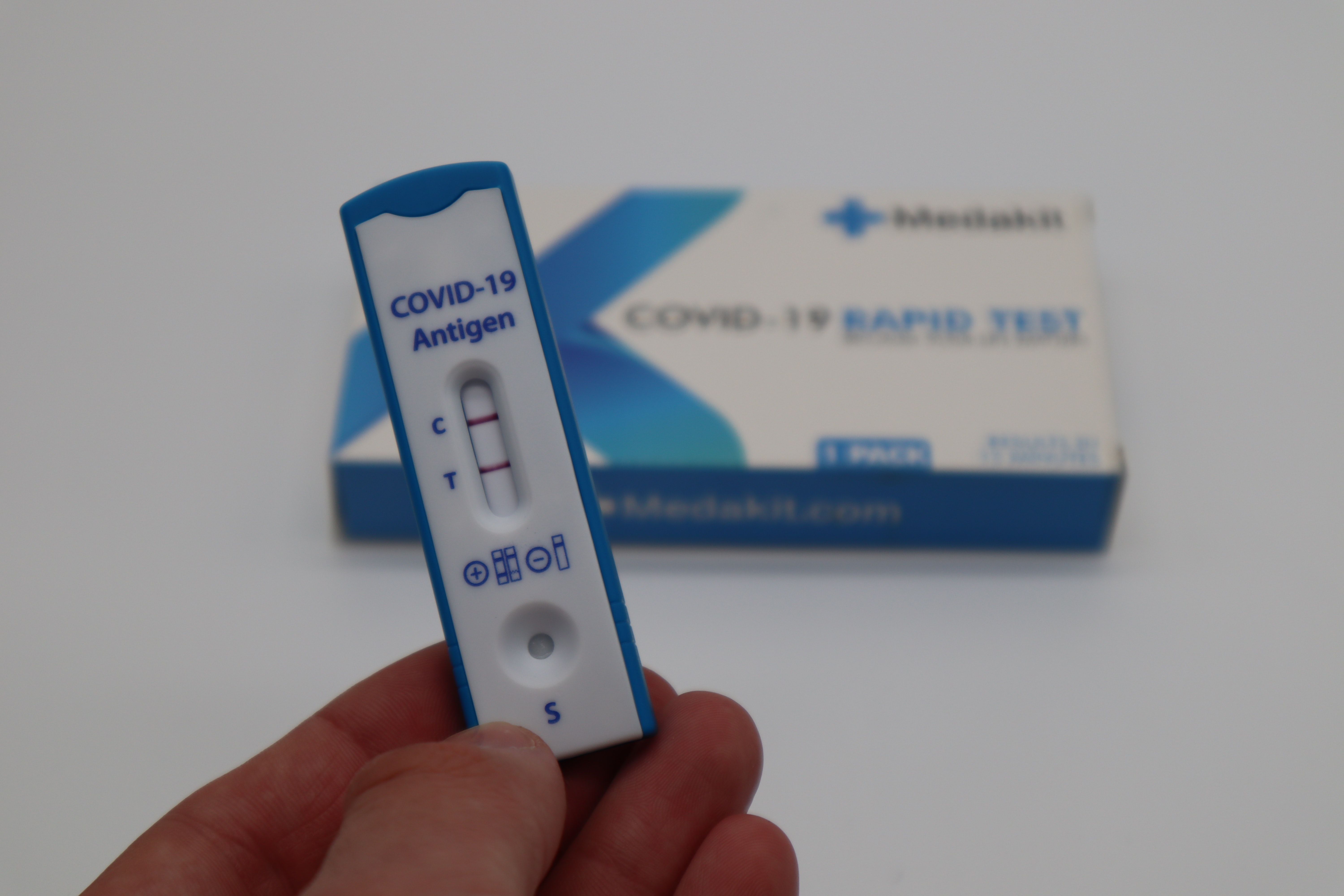Rapid COVID-19 Testing is Severely Lacking in US Nursing Homes
A Medicare program provided more point-of-care testing devices this summer. Yet, even hot-spot facilities are far more likely to receive results in ≥3 days than 1.

A cross-sectional study of the Medicare COVID-19 Nursing Home Database showed fewer than 17% of nursing home staff members or residents were privy to coronavirus 2019 (COVID-19) test results within a day of assessment through September.
The findings, which also weighed testing expediency in skilled nursing facilities (SNFs) located in COVID-19 hotspots, highlight yet another shortcoming in US COVID-19 preparedness and diagnostics—this time in healthcare facilities which have comprised more than 40% of all national deaths due to COVID-19.
Led by Brian E. McGarry, PT, PhD, of the Division of Geriatrics and Aging in the Department of Medicine, University of Rochester, a team of US-based investigators sought to assess the use of rapid COVID-19 antigen testing devices in SNFs. Medicare, they noted, began distributing such devices to at-need facilities located in COVID-19 hot spots in July of this year.
“Surveillance testing is critical for controlling asymptomatic and presymptomatic viral transmission in these high-risk settings,” McGarry and colleagues wrote. “Little is known about the adequacy of test result turnaround in SNFs.”
The observed database, which was comprised of results from a weekly two-question survey regarding the duration of test results for either SNF residents or staff members, began in mid-August. McGarry and colleagues observed comparison data from August 16 – September 6, then September 13 – September 27.
Multivariable linear probability models were used to estimate associations between the characteristics of nursing homes and the test result turnaround times of >2 days. Investigators controlled for SNF characteristics and state-fixed effects, with county-level clustered standard errors.
Among the 15,065 data points representing tested SNF staff members and residents, just 960 (6.2%) and 713 (4.8%), respectively, received a test result within 1 day by September 7. Rates for such turnaround time increased to 13.5% and 9.5%, respectively, by September 27.
In US counties identified as COVID-19 hot spots, 10.4% and 8.5%, respectively, had a same-day turnaround by September. Rates again increased by September 27, to 16.4% and 13.2%.
Nationally, results were far more likely to take ≥3 days for both staff members (55.1%) and residents (43.3%) by September 7; even SNFs in hot spots reported such rates (43.3%; 41.3%).
The rate of tests to take ≥3 days decreased by September 27, to 39.8% and 36.6%, respectively. Staff members and residents in hot-spot SNFs reported even greater decreases of lengthier test results (29.9%; 30.4%) at that time.
Though McGarry and colleagues acknowledged the improvement of testing delays over the period of time when rapid COVID-19 antigen testing devices became better distributed, they considered the state of nursing home testing to be “far behind the less than 24-hour turnaround that epidemiological modeling suggests is essential to prevent COVID-19 outbreaks in SNFs.”
They suggested that all SNF facilities in hot spot counties should have received point-of-care COVID-19 testing devices by mid-August. The 17% rate of expedited test results is inexcusable among facilities most greatly burdened by coronavirus mortality.
“Conflicting regulations and testing supply shortages may be hampering efforts to take advantage of these devices,” investigators wrote.
